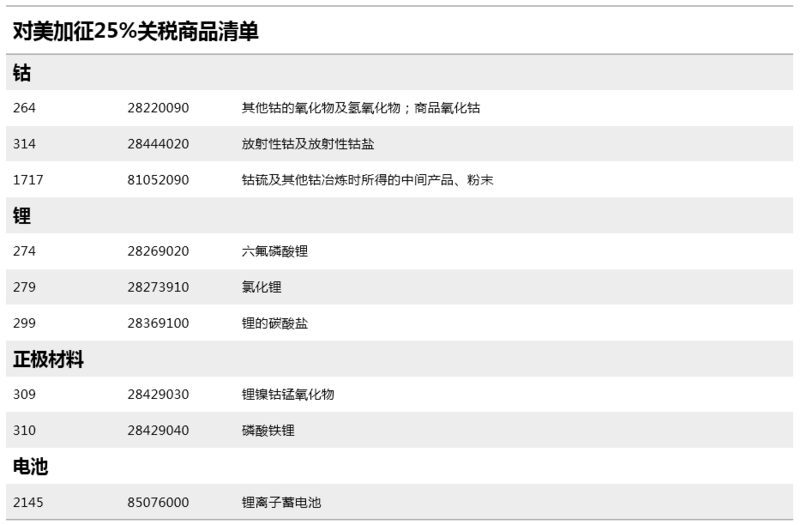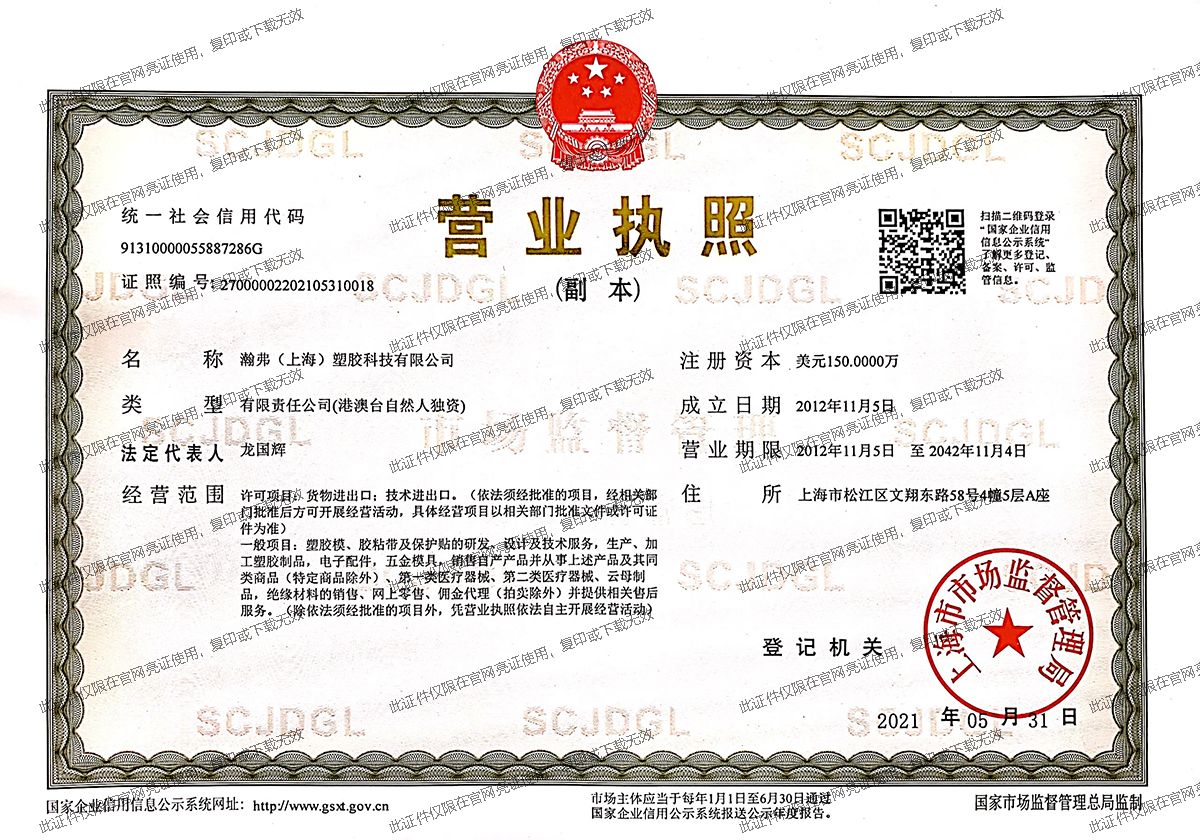
News and Information
2023-05-21 00:00:00
On May 9, 2019, the US government announced that the tariff rate on the $200 billion list of goods imported from China would be increased from 10% to 25% starting from May 10, 2019. The above measures taken by the United States have escalated the economic and trade friction between China and the United States, violated the consensus between the two sides on resolving trade differences through consultation, harmed the interests of both sides, and did not meet the common expectations of the international community. The Tariff Commission of the State Council issued a notice yesterday regarding the increase of additional tariff rates on some imported goods originating in the United States. It released a list of goods subject to additional tariffs on the United States, divided into four categories: 25%, 20%, 10%, and 5%. Starting from June 1st, additional tariff rates will be imposed on some imported goods from the United States.
The SMM New Energy Research Team has compiled a list of goods subject to additional tariffs, including relevant products related to the new energy industry, as follows:

SMM believes that the impact of tariffs imposed on goods involved in the current China US trade war on the new energy industry chain is not significant.
In terms of cobalt, China's cobalt raw materials are highly dependent on imports, mainly from South Africa. In addition, it is also a concentrated export destination for smelting and primary processed products. The impact of this tax on China's cobalt raw materials and smelting products is weak.
In terms of lithium, China's lithium raw materials are highly dependent on imports, mainly from Australia, with some from Brazil and Africa, and no lithium mines imported from the United States. For lithium salts, the import of lithium carbonate comes from South America, and lithium hydroxide is basically not imported.
In terms of power batteries, currently, the domestic new energy vehicle industry chain is rarely equipped with foreign-funded batteries due to the influence of subsidy policies and recommended catalogs. Meanwhile, most of the foreign battery suppliers come from Japan and South Korea, and the import volume of lithium batteries from the United States is very limited.
Next Page
